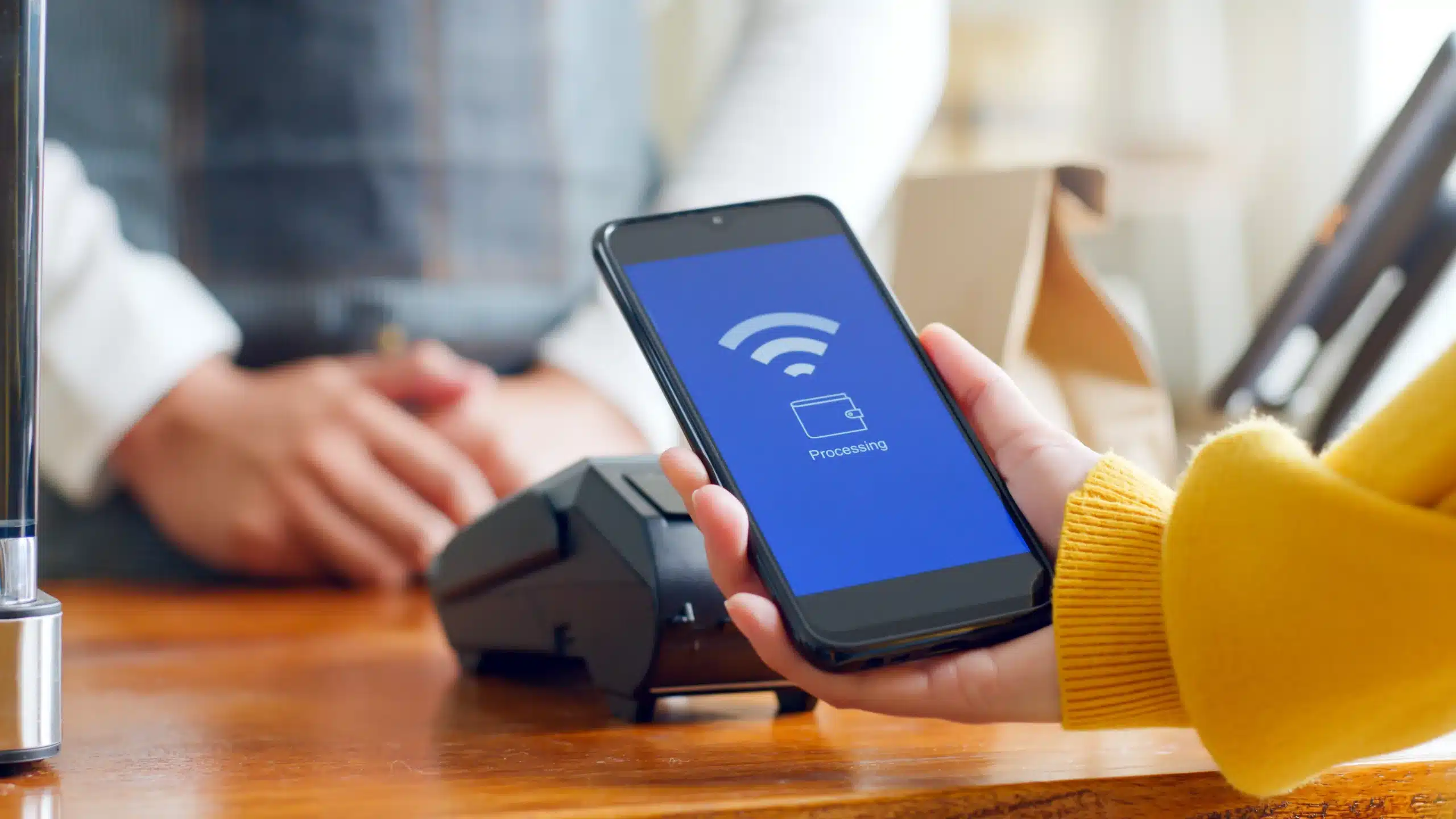Contactless payment in restaurants makes dining out easier for staff and customers alike
Financial transactions have transformed over the last century, driven by both technological advances and changes in consumer behavior. Patrons who once relied on physical cash made the switch to credit cards and, more recently, contactless payments.
A 2020 study found that nearly 8 in 10 consumers worldwide use contactless payments, which allow them to pay by simply waving or tapping a credit card, smartphone, or other NFC-equipped device above a point of sale (POS) terminal. While virtually all consumer-facing industries can benefit from this technology, contactless payment in restaurants is especially efficient and useful. Here’s how these touchless transactions work.
How do contactless payments in restaurants work?
Contactless payments in restaurants work through near-field communication (NFC) enabled chips. These chips, which are embedded in payment cards or integrated into smart devices, receive a magnetic signal when held in close proximity (typically 4 inches or less) to a restaurant POS system. This magnetic signal causes the NFC chip to emit a radio signal with a unique cryptographic code, which the POS system receives and transmits to a card processing network over the internet.
The network verifies the data and sends the payment request to the issuer of the card. Finally, the card’s issuer authenticates the information and approves or denies the transaction to the POS machine. It sounds complex, but it only takes a matter of seconds — often less time than is required for inserting a chip or swiping a magnetic card — for the transaction to complete.
Restaurants that want to offer contactless payments need the right hardware: contactless-enabled POS terminals that have the capability to read and transmit payment information using RFID or NFC technology. They also need the necessary software: an app or mobile payment platform that can seamlessly integrate with their hardware. The right mobile platform can also be a powerful advertising tool for the restaurant.
Contactless payment technology is speedier and more hygienic than handing over cash or even a credit card, but it doesn’t appreciably shorten the process of ringing up restaurant customers and turning over tables to fresh sets of visitors. Fortunately, restaurants now have access to a better payment option, one that puts customers in control of the payment process and integrates with the POS systems that already run restaurants around the country.
Set up a demo with CityCheers today to find out how ExpressCheck and the free CityCheers app can help your restaurant bring in and serve more happy customers.
The Restaurant Owner's Guide to Improving Operations

What contactless payments mean for restaurants
Gone are the days in which most diners fumbled for cash and waited for their server to return with change. Consumers today value convenience and efficiency. A reliable system for contactless payments improves the dining experience, increasing the probability that first-time visitors will become repeat customers.
For restaurant staff, contactless payments reduce the time they spend delivering and collecting checks, allowing them to focus on providing better service where it’s needed most. When staff are able to provide quicker customer turnover, the restaurant benefits from the increased volume of diners who are able to patronize the establishment.
Moreover, fraud risk is lowered for both customers and merchants when contactless payments are preferred: Contactless payments don’t require signatures that can be collected or forged. They also automatically secure transaction data with industry-standard measures such as digital tokens, which act as stand-ins for sensitive payment information in each transaction.
Tipping has also been transformed by contactless payment in restaurants; a Forbes study found that customers tip about 15% more when they pay digitally than when they pay with cash. Digital tipping offers benefits for the consumer, too — tip percentages are calculated automatically, saving diners time and effort.
A better payment future for restaurants
Contactless payment in restaurants became almost a prerequisite in the wake of the COVID-19 pandemic, as diners became acutely aware of the many physical touch points involved in traditional transactions. Diners who don’t carry cash — or even credit cards — are more likely to patronize businesses that offer contactless payments. Restaurants with clunky POS terminals or outdated software risk inconveniencing their customers, making them less likely to return.
Payment is the last interaction a customer will have with a restaurant after dining, so the impression it leaves is crucial for the business's success. If restaurant owners invest in the right payment solutions, they can ensure that those final-for-now impressions will be positive ones.
Looking for even more ways to create a faster, better payment experience, and to bring in more new and repeat customers? CityCheers is ready to help. Best of all? It’s free.
